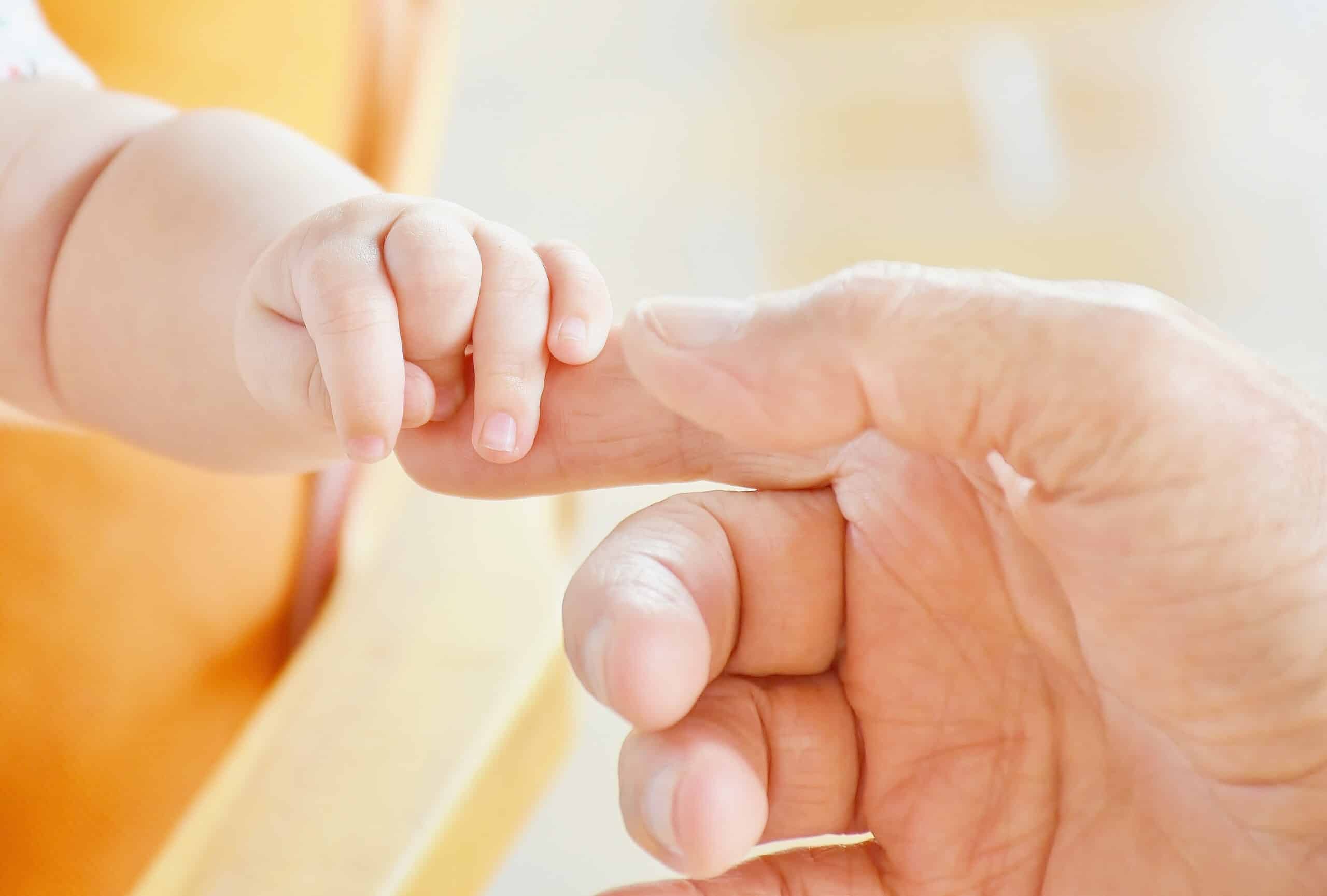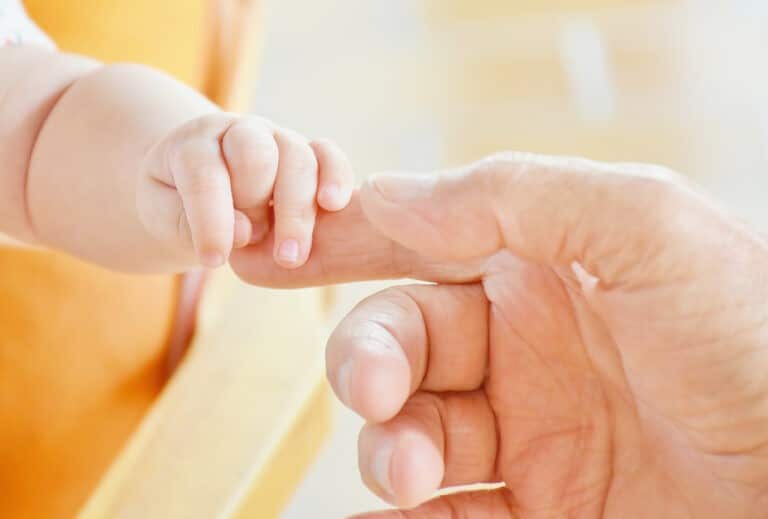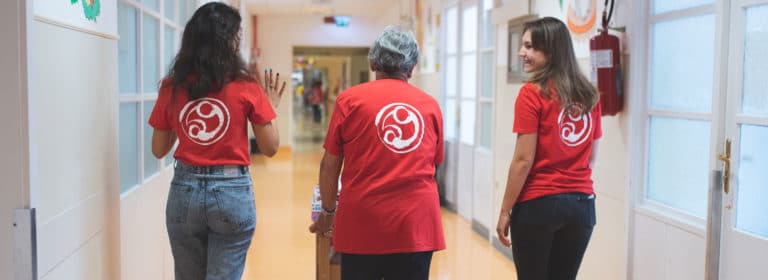I non detto



Il reparto di chirurgia pediatrica è un posto in cui ogni persona, seppure con diverse tonalità, si trova a sostenere e a gestire emozioni intense. Soffermandomi a riflettere come se avessi uno zoom mentale, in questa fatica emotiva vedo coinvolti sia i volontari dell’associazione, sia gli operatori sanitari, sia gli infermieri, i chirurghi, i parenti, i genitori. Alla fine la messa a fuoco si restringe sui bambini e sui ragazzi ricoverati.
A tutti coloro che attraversano lo stesso corridoio della chirurgia, dunque, o per una scelta propria, come i volontari, o perché costretti dalla necessità di cura, come i genitori, viene chiesto di sopportare carichi dell’anima pesanti.
A tutti coloro che attraversano lo stesso corridoio della chirurgia, dunque, o per una scelta propria, come i volontari, o perché costretti dalla necessità di cura, come i genitori, viene chiesto di sopportare carichi dell’anima pesanti.
Spesso, in questo scenario, si creano i «non detto», pericolosi ostacoli a un sano sviluppo psicologico del bambino.

È comprensibile che, in una situazione d’emergenza o comunque preoccupante per ciò che riguarda la salute del proprio figlio, i genitori tendano a nascondere e negare la preoccupazione al loro piccolo. Anche dentro l’ospedale, così come fuori, nella vita quotidiana, i genitori sono il riferimento intorno al quale ogni bambino riesce a organizzare il proprio mondo e a interpretarlo, attraverso la mamma e il papà, rafforzando così il proprio senso di sicurezza. È solo in questo modo che il bimbo riesce a resistere alle cure chirurgiche.
In reparto, prima e dopo l’intervento chirurgico, quindi, i genitori sono chiamati a reggere il grande impegno emotivo che richiede il controllo delle proprie emozioni, sicuramente molto forti perché collegate al timore del rischio, grande o piccolo, che l’intervento comporta; controllare le proprie emozioni per riuscire a contenere quelle del proprio figlio, la paura, la rabbia, la tristezza.

Quando tutto questo finisce e arrivano le dimissioni, già appena tornati a casa, dell’intervento chirurgico non si desidera parlare più, fino ai controlli programmati, e anche quando questi finiscono, il periodo trascorso in ospedale viene tenuto lontano, a volte così lontano dalla mente dei genitori che a loro stessi sembra impossibile che sia accaduto. È una difesa naturale che i grandi mettono in atto per proteggere i propri cuccioli.
C’è qui un pericolo, però, ed è proprio quello di far nascere i «non detto». Ciò che non si può raccontare diventa pericoloso per un bambino, perché inzuppato di sentimenti d’angoscia che non si riescono a controllare e a ridurre attraverso un pensiero organizzabile. Quasi sempre l’evento chirurgico lascia il segno con cicatrici più o meno visibili; sono queste che attestano un fatto accaduto. Quando i genitori riescono a raccontare al figlio la storia che egli non può ricordare, gli offrono la possibilità non solo di conoscere una parte della propria vita, ma tessono la rete su cui il bambino può ricamare la propria storia e fantasticarla, come fanno i bambini per elaborare la propria realtà.
di Rosella Giuliani
| Cookie | Durata | Descrizione |
|---|---|---|
| __stripe_mid | 1 year | Stripe sets this cookie cookie to process payments. |
| __stripe_sid | 30 minutes | Stripe sets this cookie cookie to process payments. |
| charitable_session | 1 day | No description available. |
| cookielawinfo-checkbox-advertisement | 1 year | Set by the GDPR Cookie Consent plugin, this cookie is used to record the user consent for the cookies in the "Advertisement" category . |
| cookielawinfo-checkbox-analytics | 11 months | This cookie is set by GDPR Cookie Consent plugin. The cookie is used to store the user consent for the cookies in the category "Analytics". |
| cookielawinfo-checkbox-functional | 11 months | The cookie is set by GDPR cookie consent to record the user consent for the cookies in the category "Functional". |
| cookielawinfo-checkbox-necessary | 11 months | This cookie is set by GDPR Cookie Consent plugin. The cookies is used to store the user consent for the cookies in the category "Necessary". |
| cookielawinfo-checkbox-others | 11 months | This cookie is set by GDPR Cookie Consent plugin. The cookie is used to store the user consent for the cookies in the category "Other. |
| cookielawinfo-checkbox-performance | 11 months | This cookie is set by GDPR Cookie Consent plugin. The cookie is used to store the user consent for the cookies in the category "Performance". |
| elementor | never | This cookie is used by the website's WordPress theme. It allows the website owner to implement or change the website's content in real-time. |
| m | 2 years | No description available. |
| viewed_cookie_policy | 11 months | The cookie is set by the GDPR Cookie Consent plugin and is used to store whether or not user has consented to the use of cookies. It does not store any personal data. |
| Cookie | Durata | Descrizione |
|---|---|---|
| _fbp | 3 months | This cookie is set by Facebook to display advertisements when either on Facebook or on a digital platform powered by Facebook advertising, after visiting the website. |
| fr | 3 months | Facebook sets this cookie to show relevant advertisements to users by tracking user behaviour across the web, on sites that have Facebook pixel or Facebook social plugin. |
| NID | 6 months | NID cookie, set by Google, is used for advertising purposes; to limit the number of times the user sees an ad, to mute unwanted ads, and to measure the effectiveness of ads. |
| VISITOR_INFO1_LIVE | 5 months 27 days | A cookie set by YouTube to measure bandwidth that determines whether the user gets the new or old player interface. |
| YSC | session | YSC cookie is set by Youtube and is used to track the views of embedded videos on Youtube pages. |
| yt-remote-connected-devices | never | YouTube sets this cookie to store the video preferences of the user using embedded YouTube video. |
| yt-remote-device-id | never | YouTube sets this cookie to store the video preferences of the user using embedded YouTube video. |
| Cookie | Durata | Descrizione |
|---|---|---|
| _ga | 2 years | The _ga cookie, installed by Google Analytics, calculates visitor, session and campaign data and also keeps track of site usage for the site's analytics report. The cookie stores information anonymously and assigns a randomly generated number to recognize unique visitors. |
| _gat_gtag_UA_166609855_1 | 1 minute | Set by Google to distinguish users. |
| _gid | 1 day | Installed by Google Analytics, _gid cookie stores information on how visitors use a website, while also creating an analytics report of the website's performance. Some of the data that are collected include the number of visitors, their source, and the pages they visit anonymously. |
| CONSENT | 2 years | YouTube sets this cookie via embedded youtube-videos and registers anonymous statistical data. |